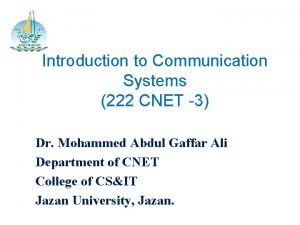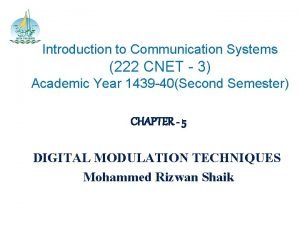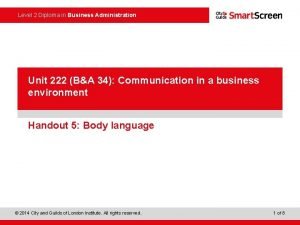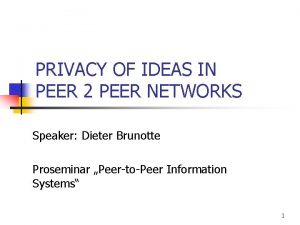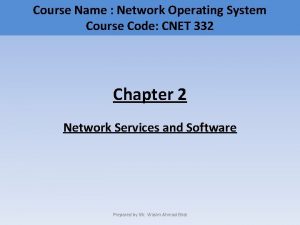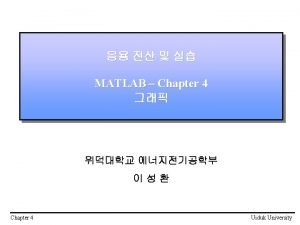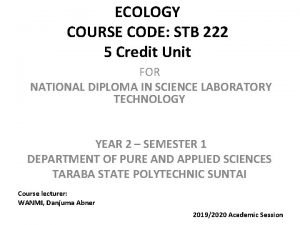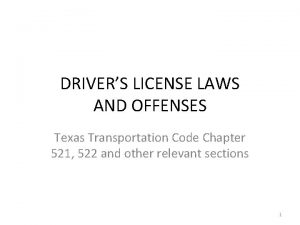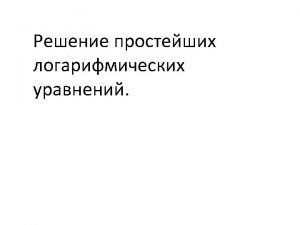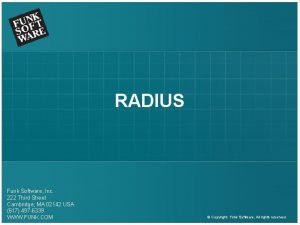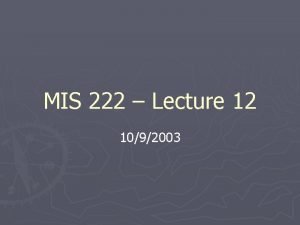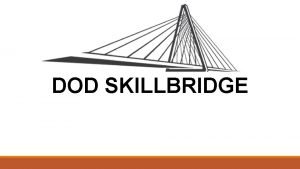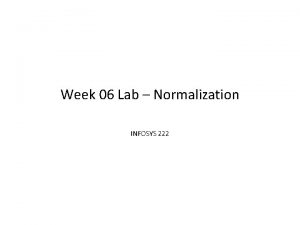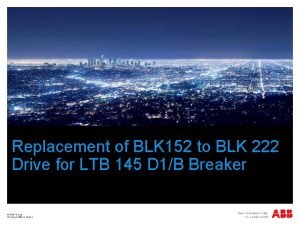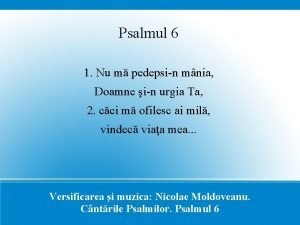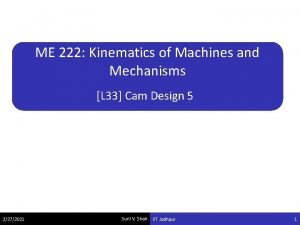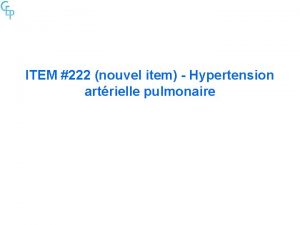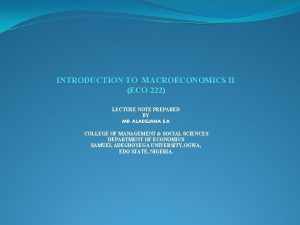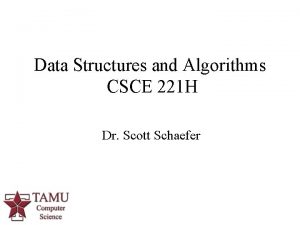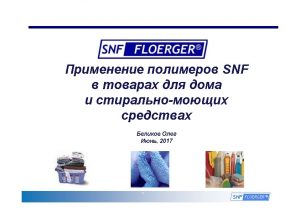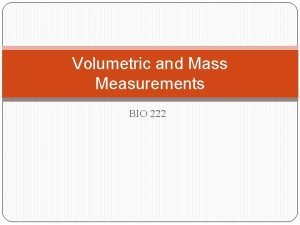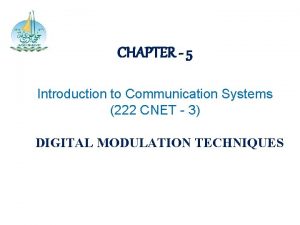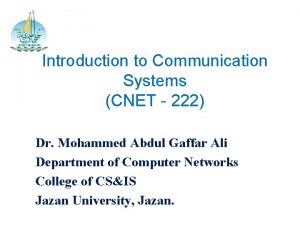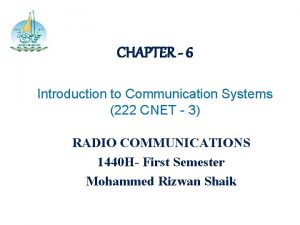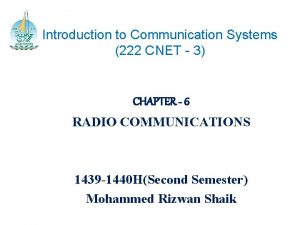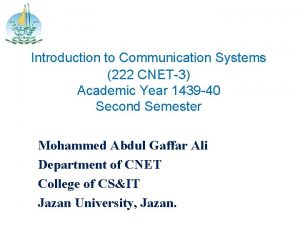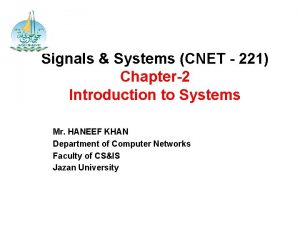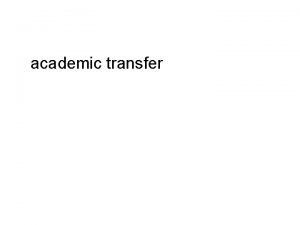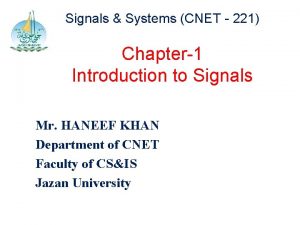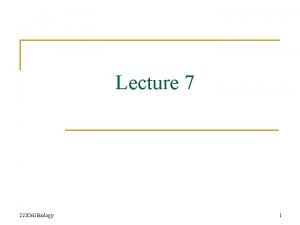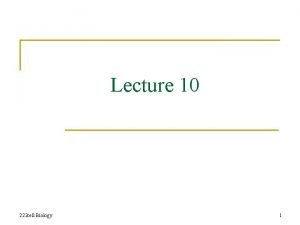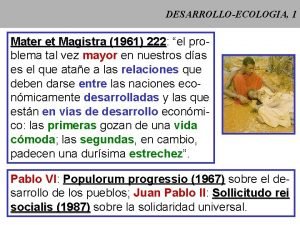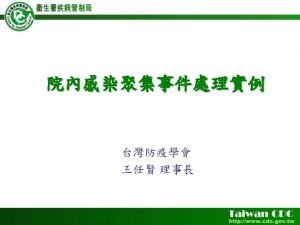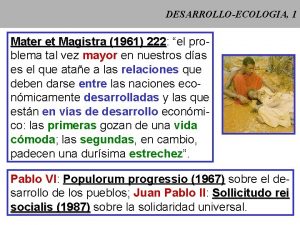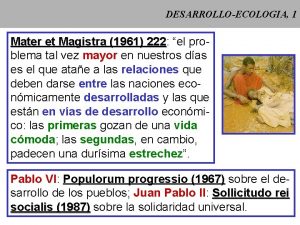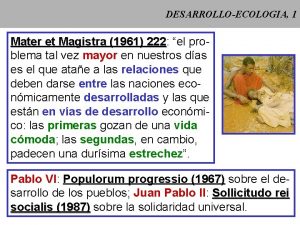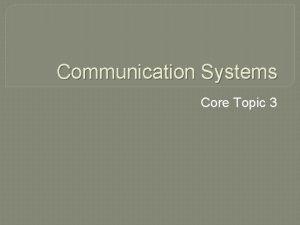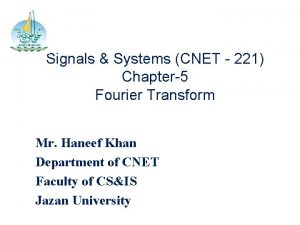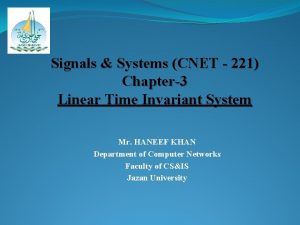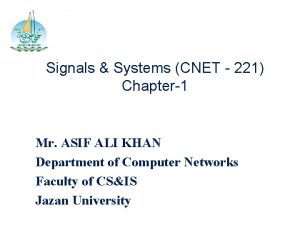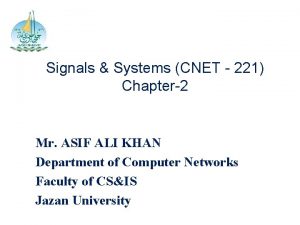Introduction to Communication Systems 222 CNET 3 Academic


























- Slides: 26

Introduction to Communication Systems (222 CNET - 3) Academic Year 1439 -40(Second Semester) CHAPTER - 5 DIGITAL MODULATION TECHNIQUES Mohammed Rizwan Shaik

Chapter Contents Digital Modulation Techniques 5. 1 Introduction 5. 2 Modulation Schemes : ASK , FSK and PSK 5. 3 M-ARY Schemes : FSK and PSK

Objectives of this chapter Upon completion of this chapter student able to Ø Define ASK, FSK, PSK. Ø Describe generation and demodulation of ASK, FSK and PSK. Ø Define M-ary FSK and M-ary PSK.

Introduction • Need for Digital Modulation: Ø AM, FM, PM will help to translating the analog message from low frequency or baseband range to high frequency or passband range. Ø The Pulse modulation techniques deal with representing the message at discrete instants of time. Ø Discrete transmission of such message over long distance via high frequency channels is not possible. Ø As in such case analog and digital message needs to be translated to the high frequency range.


Types of Modulation Schemes Ø The digital modulation techniques are based on the analog modulation techniques. Ø Basic Digital Modulation Techniques: 1. Amplitude Shift Keying 2. Frequency Shift Keying 3. Phase Shift Keying Ø The variants of basic modulation techniques termed as M-ARY include 1. M-ary PSK 2. M-ary FSK



Categories

Definitions • The digitized message with sequence of 0’s and 1’s called as digital or binary message. • ASK is a digital modulation technique defined as the process of shifting the amplitude of the carrier signal between two levels, depending on whether 1 or 0 is to be transmitted. • FSK is a digital modulation technique defined as the process of shifting the frequency of the carrier signal between two levels, depending on whether 1 or 0 is to be transmitted. • PSK is a digital modulation technique defined as the process of shifting the phase of the carrier signal between two levels, depending on whether 1 or 0 is to be transmitted.


Generation of ASK signal

Waveforms ASK waveforms

Generation of FSK ﺟﻴﻞ ﻣﻦ


Phase Shift Keying Vc 1 = VC COS ωCt and Vc 2 = -VC COS ωCt

Definition of M-ARY Scheme • This is the type of digital modulation technique used for data transmission in which two or more bits are transmitted at a time. • The channel bandwidth is reduced because more number of bits can be transmitted on a single signal. • M – is denoted as Multiple bits or number of conditions/levels. Types of M-ARY Schemes: 1. M-ARY PSK 2. M-ARY FSK M-ARY PSK : • This is called as M-ary Phase Shift Keying (M-ary PSK). • The phase of the carrier signal, takes on M different levels.


Generation of M-ARY PSK

M-ARY PSK

Generation of M-ARY FSK • This is called as M-ary Frequency Shift Keying (M-ary FSK). • The frequency of the carrier signal, takes on M different levels. ﻣﺨﺘﻠﻔﺔ ﻣﺴﺘﻮﻳﺎﺕ ﻋﻠﻰ ﻳﺄﺨﺬ ، ﺍﻟﻨﺎﻗﻞ ﺇﺷﺎﺭﺓ ﺗﺮﺩﺩ M.

M-ARY FSK Waveforms

M-ary Equation • N is the number of bits necessary(message signal) N ( ﺍﻟﺮﺳﺎﻟﺔ )ﺇﺷﺎﺭﺓ ﺍﻟﻼﺯﻣﺔ ﺍﻟﺒﺘﺎﺕ ﻋﺪﺩ ﻫﻮ • M is the number of conditions, levels, or (carrier signals) combinations possible with N bits. M ﻫﻮ ( ﺍﻟﺤﺎﻣﻠﺔ ﺍﻟﻤﻮﺟﺔ )ﺇﺷﺎﺭﺍﺕ ﺗﻮﻟﻴﻔﺎﺕ ﺃﻮ ﺍﻟﻤﺴﺘﻮﻳﺎﺕ ﺃﻮ ﺍﻟﺸﺮﻭﻁ ﻋﺪﺩ ﺑﺘﺎﺕ ﻣﻊ ﺍﻟﻤﻤﻜﻨﺔ N. 2 N= M • For example, with two bits, 22 = 4 conditions are possible.

Problems

Problems

Thank You
 Dns 208 67 222 222
Dns 208 67 222 222 Cnet communication
Cnet communication Cnet3
Cnet3 Unit 222 communication in a business environment
Unit 222 communication in a business environment Ecommerce content syndication
Ecommerce content syndication Cnet
Cnet Cnet ftp
Cnet ftp Xxaxis matlab 222
Xxaxis matlab 222 Stb 222
Stb 222 Texas transportation code 521
Texas transportation code 521 Império do jogo do bicho
Império do jogo do bicho Logcaster
Logcaster Funk radius
Funk radius Mism-222
Mism-222 Ece 250
Ece 250 Skillbridge navadmin
Skillbridge navadmin Infosys222
Infosys222 Blk 222
Blk 222 Mide-222
Mide-222 Psalmul 6
Psalmul 6 Me 222
Me 222 Htap groupe 3
Htap groupe 3 Eco 222
Eco 222 Csce 221
Csce 221 Flosoft fs 222
Flosoft fs 222 210 dibulatkan ke puluhan terdekat menjadi
210 dibulatkan ke puluhan terdekat menjadi Bio 222
Bio 222

